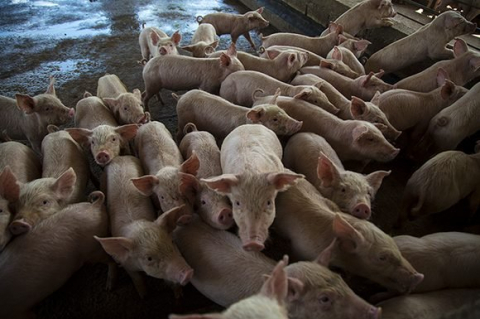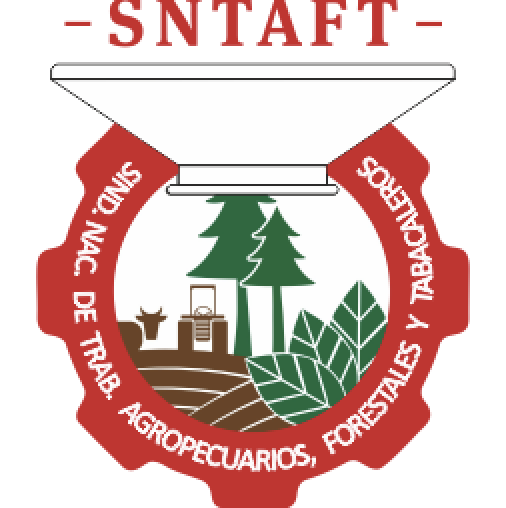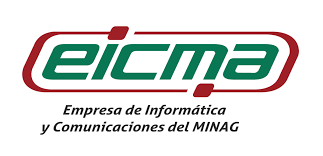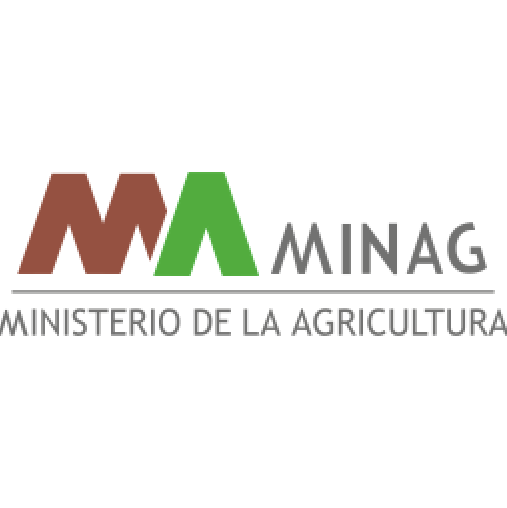GAF
Who says that Creole pig breeding does not give?
In spontaneous symbiosis with nature, Miguel Ángel Saínz Serrano –Miguelín– has dedicated his life to livestock activities, mainly to raising pigs.
In spontaneous symbiosis with nature, Miguel Ángel Saínz Serrano –Miguelín– has dedicated his life to livestock activities, mainly to raising pigs. At his farm La Ceiba, in the popular council of Floro Pérez, he shares experiences while showing animals, corraletas, warehouses, food warehouses and means of work. In his house is the gold star of the Hero of Labor of the Republic of Cuba, awarded four years ago, jealously guarded along with the memories of the deputy to the National Assembly of People's Power. "40 years ago I started with the Creole pig, which I have always liked to raise, although I have had good results with the purebred pig." In the middle of the special period, Saínz Serrano was the first private producer to establish a pre-fattening agreement with the National Porcine Company. «It was an interesting test. I bought the 20 little pigs and they didn't give me any food. I had corn and other foods, and I sold them with 85 kilograms, which was established. “I kept raising those kinds of pigs. I built three sheds for a thousand animals, which were good to me, and I only received 70% of the agreed food. It was in two breeds a year. Then I reached 2,000 pigs; when he had five ships. -However, he has not renounced the Creole pig, or the dark coat ... 'I've always had them, as well as hybrids made by backcrossing the Hampshire, Duroc, Yorkshire and Landrace breeds. I no longer bring animals, that is, I do not buy them from the State. I have the stallions and the mothers. The animals that are born here are very strong, they are in direct contact with the earth; they get into the mud and that gives them a good chance of life, because they create antibodies and they do not get diseases such as cholera. It does not mean that you stop vaccinating them or fail to comply with sanitary measures. The truth is that even the sun hurts pure racials. "This year I had a breeder agreement, which I fulfilled when I delivered the committed 30 tons." –If the volumes of animal feed that were previously given to private producers are no longer delivered, what do you do to guarantee the feeding of livestock? - Now I have 600 animals, which is what I can keep, because the sheet stretches as far as it can go. I give them up to 40% ground cane in a team made here, which takes it out as if it were sugar, so that the pig, which is not ruminant, assimilates it better. «I make cassava in the form of yogurt, which is achieved by grinding it, pouring it into a tank that stores a thousand quintals and adding water to it and keeping it covered. We also cook cassava with salt in a large pan. I supply it along with the sugarcane and other food. «The animals are eating cassava stick (crab), which has 7.5% protein; I also give them the leaves (4.7%), and now I am in a test: I make three cuts to a cassava field, leaving the stem a quarter of the ground, which reproduces and adds about 20 tons of green matter per hectare . So I take advantage of the branches while the tuber grows, until I take it out for processing, and right there I guarantee the seed of the successive plantings. I don't use the pink dwarf variety, which is the harmful one. “In addition, I plant donkey bananas, to add the strains to the reproductive ones, which are the ones that assimilate this product the most in the gestation stage. I give the calved sows sweet potato rejo. «To produce food I have ten hectares in constant rotation, so that they are not unoccupied. The son and son-in-law take care of these tasks. When it is necessary, I hire two or three workers, as is the case now, that we are hilling ». - Would you need more land to produce animal feed? -As for land I'm a little tight. What is the problem of the pig? The problem is called protein. And that is achieved by raising fish or planting soybeans. You have to do one of those variants. I already dedicate two hectares to soybeans. I harvest it and give the grains a preheat, to kill the toxins. Then I grind them to mix them with the other foods. –What advantages does it have in direct contracts with Tourism and other entities? –It is easier to contact, collect and pay. Based on the new measures and facilities created for producers, I do not use the cooperative to which I belong. It is not that I am going to leave it, but the direct procedures favor me. Now it is "from the can to the can", as they say.“The new provisions for agriculture are very good, because among the things that“ kill us ”are obstacles. There are still many rounds to deliver areas for cattle and pig farming. They tell you that all of them already have a destination, but I think that all the land is the property of the State, which cannot allow an unproductive parcel to exist as long as someone can exploit it correctly. More agility is needed in the delivery of land ». - Have you applied for any credit? –To date I have not applied for credit because we have been working with the funds created. We have always known how far to go with our money. I keep a diary of the agreements to know if the costs go down or up. In all the years that they gave me 70% of the food for the pigs, I never took advances. I received what belonged to me, so as not to lead the cart before the oxen. I will apply for a loan when necessary, and I think they will grant it to me without any problem. - Do you think that increasing the breeding of Creole pigs can help to have more meat? -You cannot think of large pig farms, such as those that the State maintained in previous stages, for the breeding of racial pigs. Creole pigs must be given pasture, released and, at the same time, guaranteed food in the ways I explained. In my opinion, it is necessary to incorporate more private and state producers.




